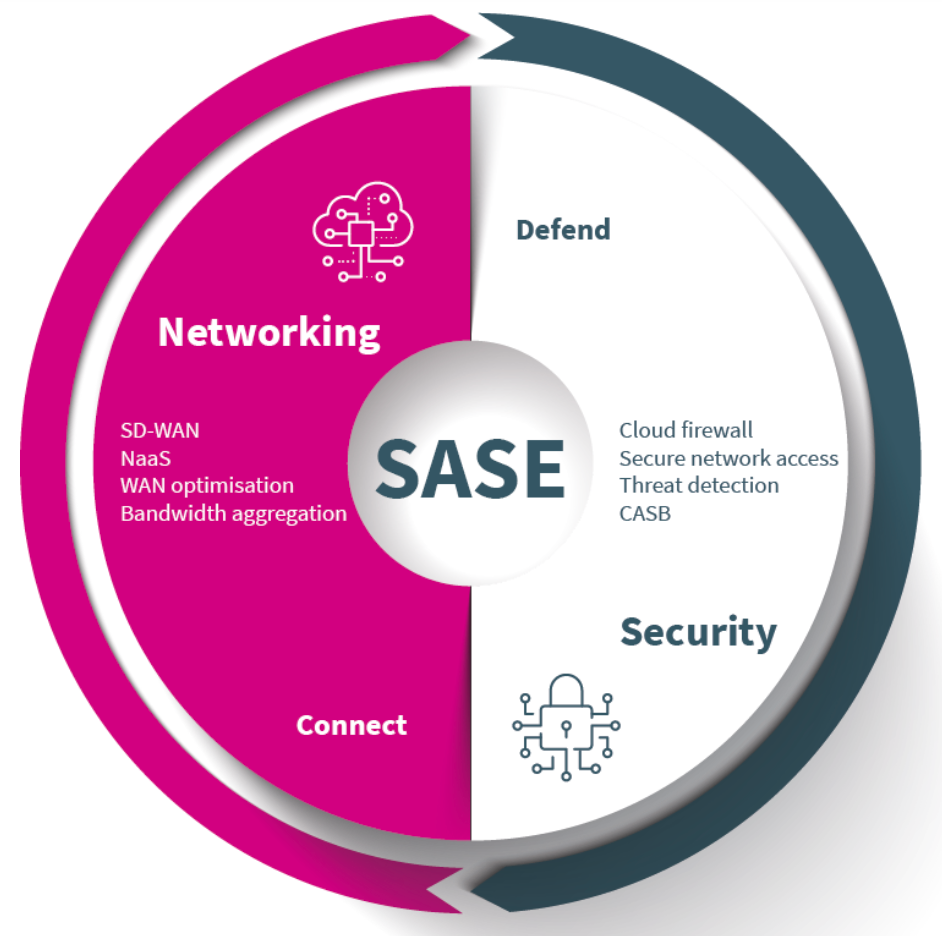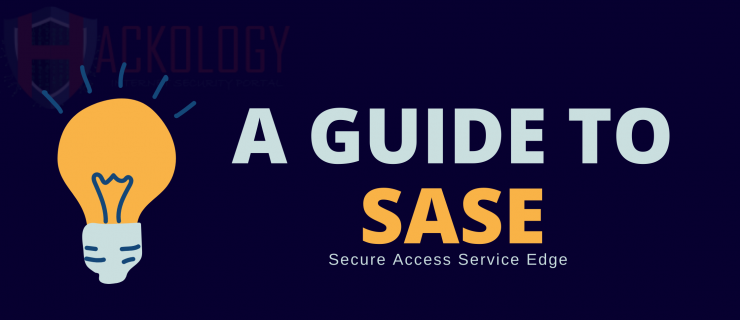The emergence of the COVID19 pandemic in 2020 has brought many corporate changes worldwide. Businesses are moving towards a digital landscape to store their data online and secure information crucial for their organization. In this perspective, vast cloud adoption has increased by over 50% globally over the past two years.
Work from home policies is another crucial factor that forces companies to adopt cloud-based networking for data handling. Due to cloud technology, online threats have also increased significantly, requiring extra security measures to safeguard corporate data.
In such an environment, outdated network architectures struggle to support a distributed workforce and data handling. The article provides critical information on a new SASE framework to help companies overcome traditional data security measures.
What is Secure Access Service Edge (SASE)?
Secure Access Service Edge is a new framework that provides data security in a cloud-based network system. Gartner first launched it at the beginning of 2020. SASE was designed to overcome all loopholes present in the old network architectures.
It is an approach that provides secure remote access to cloud resources to all distributed workforce of an organization. It offers mobility, speed, complexity reduction, and cost reduction. SASE combines all security functions such as CASB, SWG, ZTNA, and FWaaS with WAN capabilities to support changing needs of the organization.
The SASE meaning is simple as it portrays cloud security and talks about changing the company’s digital landscape. Thus, it is essential to fully understand the new framework before launching it into your company.
How does SASE Work?
Secure Access Service Edge works by merging security priorities and network traffic, data protection, ubiquitous threat, and direct network-to-cloud connectivity. It is a new package of technologies that can identify malware or sensitive data and decrypt content at line speed, continuously monitoring risks and trust levels.
SASE merged capabilities are delivered mainly SaaS and based upon the identity of the data, real-time context, and security policies. Organizations using the SASE framework can realize greater scale in the cloud and increased speed while controlling new security measures.
Core Capabilities
Here are five core capabilities of SASE to build your understanding of how to establish a cloud-based architecture within your organization.
- Secure Web Gateway (SWG)
- Firewall as a Service (FWaaS)
- SD-WAN Service (SD-WAN)
- Zero Trust Network Access (ZTNA)
- Cloud Access Security Broker (CASB)


These core capabilities perform all types of data security and connection functions to smooth information flow without any threat. These capabilities remove unwanted traffic and connect users to applications via any combination of LTE, MPLS, and broadband internet services. Moreover, these components also help in deploying a third-party governance system to oversee the data security system.
SASE Security Model
The security model of the secure access service edge framework can help organizations to achieve the following:
Cost Savings
Companies can reduce their system-wide cost by implementing the SASE framework. Instead of establishing separate security networks, using a single method can significantly reduce the cost and IT resources.
Flexibility
With this secure cloud-based framework, you can establish and transfer security services to all relevant people with web filtering, threat prevention, DNS security, sandboxing, data loss prevention, credential theft prevention, and firewall policies.
Increased Performance
You can easily connect various types of resources with a cloud framework. You can access the internet, apps, and corporate data globally.
Complexity Reduction
SASE infrastructure can simplify your IT system by reducing the number of security products that have to be managed by the IT team. It consolidates all types of functions into a single cloud-based network security model.
Threat Prevention
Due to complete content inspection of IT infrastructure integrated into a SASE solution, you can take advantage of more security in your network. Security policies delay the threat impact to give you time to take countermeasures.
Zero Trust
This approach removes the cloud trust assumptions when people, applications, and devices connect. A secure access service edge structure can provide complete session protection irrespective of whether you are on the corporate network or not.
Data Protection
You can prevent unauthorized access and malicious handling of your sensitive data through the data protection policies of the SASE framework.
Conclusion
Secure Access Service Edge is a modified digital infrastructure deployed in organizations to protect the unwanted attacks on sensitive corporate data. The article provides complete details on the SASE framework, including core capabilities, security model, and working procedures. It also lets you know technical and non-technical information about the cloud-based framework.












[…] source […]